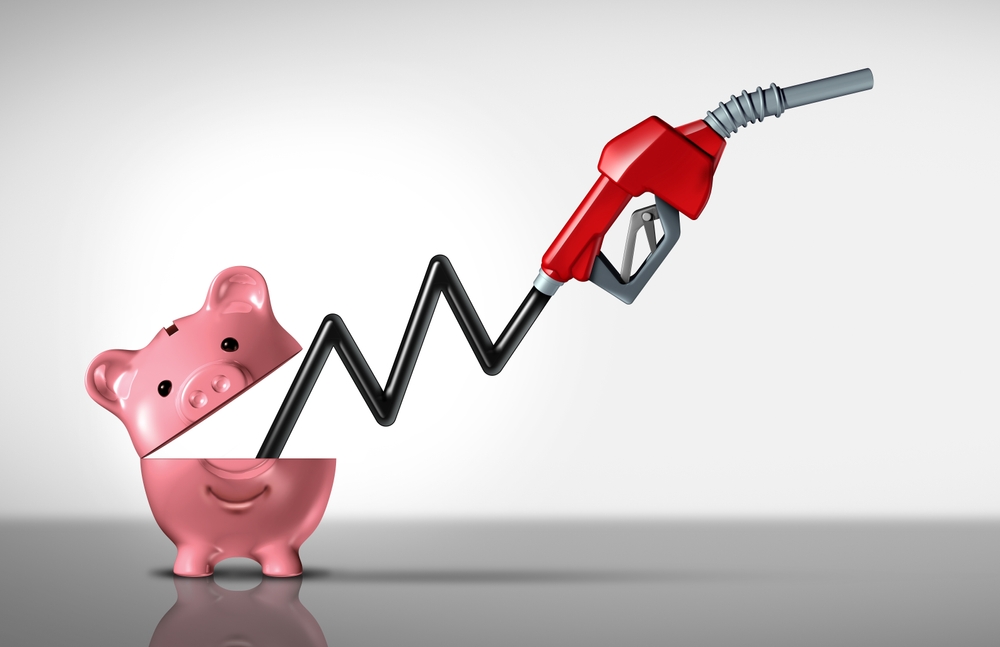Petrol prices in Pakistan decide the ebbs and flows in inflation charts. The abrupt increase in fuel prices unleashes a cascade of economic repercussions, leaving the masses grappling with the burden of escalated living costs. Whereas a drop is considered as a sigh of relief for inflation-stricken masses.
In this blog, you will be able to understand the global and domestic dynamics affecting the petrol prices in Pakistan. Along with this, record-breaking fuel rates this year will also be a part of this piece.
Factors Affecting Petrol Prices in Pakistan
In a developing country like Pakistan petrol prices are shaped by a complex interplay of global and domestic elements. Here’s a closer look:
Domestic Factors
1- Taxation Policies
The government’s taxation on petroleum products, such as the currently inflicted 18% General Sales Tax (GST) and Rs. 70 Petroleum Development Levy (PDL), plays a crucial role in determining retail prices. In times of economic strain, governments may increase these taxes to bolster revenue, further inflating petrol prices.
2- Energy Subsidies and Reforms
The withdrawal or reduction of energy subsidies under the agreement with international financial institutions like the IMF, can lead to sudden price hikes. Pakistan’s commitment to subsidy reforms in 2024 under IMF programs significantly impacted fuel prices and importantly the same is the situation for current price charts.
3 -Logistical Challenges
Moreover, inefficiencies in domestic oil refining and distribution systems, coupled with supply chain disruptions, add to the final cost of petrol for consumers.
International Factors
1- Global Crude Oil Prices
As Pakistan is heavily dependent on imported fuel, even a minor upgrade in prices of petroleum products affects the local prices. In 2024, geopolitical tensions, production cuts by major oil-producing nations, and increased global demand led to soaring crude oil prices.
2- Exchange Rate Fluctuations
The depreciation of the Pakistani Rupee against the US Dollar exacerbates the situation. Since oil imports are priced in dollars, any decline in the Rupee’s value increases the cost of importing crude oil and refined products.
3- OPEC Policies
The decisions of the Organization of the Petroleum Exporting Countries (OPEC), particularly production quotas and cuts, significantly influence global oil supply and prices. In 2024, OPEC’s production cuts tightened supply, driving prices upward.
4- Geopolitical Instability
Political unrest in oil-producing regions often disrupts supply chains, leading to volatility in global oil markets. In 2024, tensions in the Middle East contributed to the uncertainty.
Highest Petrol Price in 2024
On July 16, 2024, Pakistan recorded its highest petrol prices, marking a significant economic milestone that has ripple effects across industries and households. In a revision, the federal government increased the price of petrol by massive Rs. 19.95 which in turn took it from previous Rs. 275.6 to the new high of Rs. 282.11 per liter.
The record-high petrol prices in Pakistan in 2024 was a culmination of both global challenges and domestic inefficiencies. Addressing these issues requires a multifaceted approach involving policy reforms, energy diversification, and economic stabilization.





